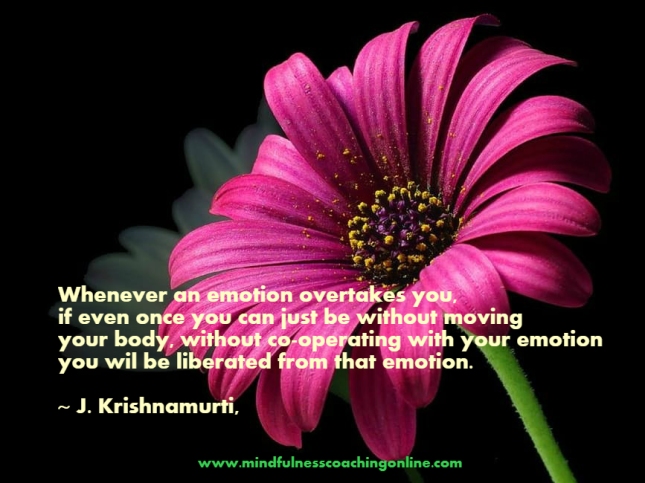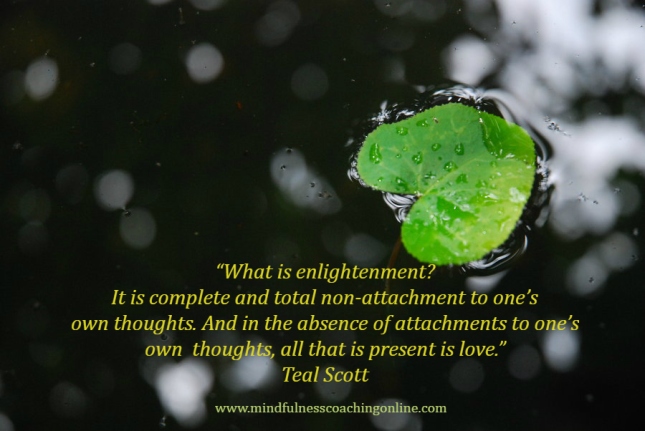Separation and duality
We are alive in a world in which separation seems natural. The reality that we encounter on a daily basis consists of opposites : good and bad, light and darkness, pain and pleasure, success and failure and so on. Our social conditioning keeps us from experiencing wholeness. It teaches us to solve this problem of duality by choosing the better side of each opposite. Hence we strive to be good and moral people who accept and live by humane values. Unfortunately this attitude of choosing one over the other keeps us in a state of suffering and perpetuates it
Wholeness
What mindfulness does to us is that it helps us to realize that all activity of the mind – thoughts, emotions, desires – takes place against the background that is silent, whole and free of suffering. We could use the example of a blank sheet of paper to represent this background. Anything could be written on the page, a story, poem, or a picture can be drawn on it. It could be a tragedy or a comedy or a heroic description. But none of this affects the page. Or we can take the example of a movie screen on which any movie can be projected. No matter what happens in the movie, the screen isn’t affected. This background is your true self and when you arrive here wholeness is just as natural as separation.
End of suffering
This wholeness is the ground of our existence. Because of this no matter how much harm living in duality and separation has caused in us we can always return to wholeness. When awareness becomes aware of itself, it is whole. This wholeness embraces the full reality of life. The perfect and the imperfect, the consistent and the inconsistent, success and failure are all accepted for what they are and the contraries are integrated. Experiencing this wholeness eliminates the conflict of duality and separation bringing to an end the suffering caused by it.
Ranji Varughis











